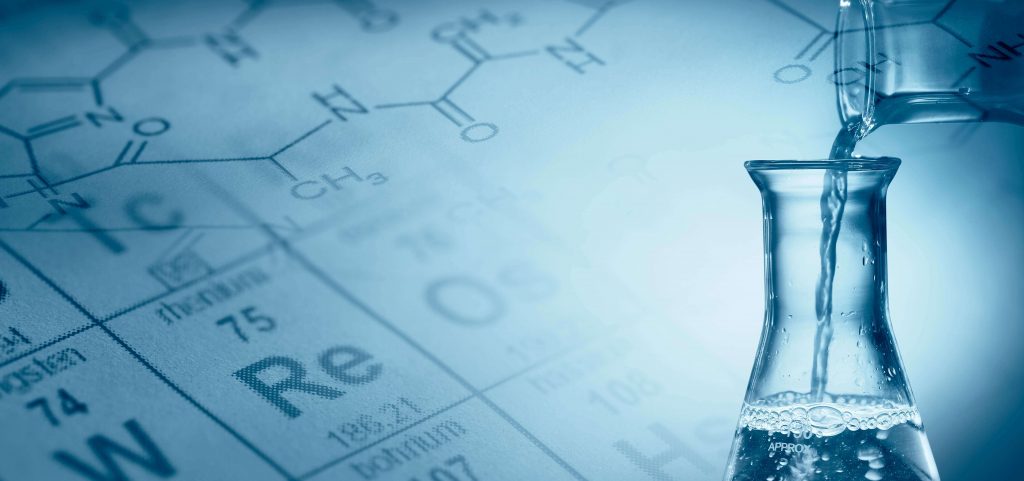Chemical reactions are the fundamental processes that drive the world of chemistry. They involve the transformation of substances into new compounds through the breaking and formation of chemical bonds. Understanding the different types of chemical reactions is crucial for scientists and students alike. In this blog post, we will delve into the intricacies of the four main types of chemical reactions, shedding light on their mechanisms, applications, and significance in various fields.
- Combination Reactions:
Combination reactions, also known as synthesis reactions, occur when two or more substances combine to form a single compound. This type of reaction is characterized by the formation of new chemical bonds. An example of a combination reaction is the synthesis of water (H2O) from hydrogen gas (H2) and oxygen gas (O2). Combination reactions play a vital role in the synthesis of complex molecules, such as pharmaceuticals, polymers, and fuels. - Decomposition Reactions:
Decomposition reactions involve the breakdown of a single compound into two or more simpler substances. This process is the reverse of a combination reaction. Decomposition reactions can be triggered by heat, light, electricity, or the presence of a catalyst. An example of a decomposition reaction is the breakdown of hydrogen peroxide (H2O2) into water (H2O) and oxygen gas (O2). Decomposition reactions are essential in various applications, including the decomposition of organic matter in composting and the breakdown of pollutants in environmental remediation. - Displacement Reactions:
Displacement reactions, also known as replacement reactions, occur when one element replaces another element in a compound. This type of reaction is driven by the difference in reactivity between the elements involved. A classic example of a displacement reaction is the reaction between iron (Fe) and copper sulfate (CuSO4), resulting in the formation of iron sulfate (FeSO4) and copper (Cu). Displacement reactions find applications in metallurgy, electrochemistry, and the production of various metals and alloys. - Redox Reactions:
Redox reactions, short for reduction-oxidation reactions, involve the transfer of electrons between reactants. These reactions encompass both reduction (gain of electrons) and oxidation (loss of electrons) processes. Redox reactions are ubiquitous in nature and play a crucial role in energy production, corrosion, and biological processes. An example of a redox reaction is the combustion of methane (CH4) in the presence of oxygen (O2) to produce carbon dioxide (CO2) and water (H2O).
Conclusion:
Understanding the four main types of chemical reactions provides a solid foundation for comprehending the intricacies of chemical processes. Combination reactions, decomposition reactions, displacement reactions, and redox reactions each have their unique mechanisms and applications. By grasping the principles behind these reactions, scientists can design new compounds, develop innovative technologies, and unravel the mysteries of the chemical world.

